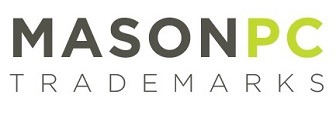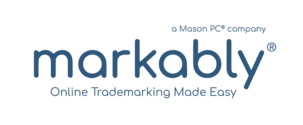
As a business owner or creative professional, one of your most valuable assets is your intellectual property, the “creations of your mind” that you’ve developed for your own use or that of your clients. Or as I like to say, the products of inspired imagination – the things or ideas you or your employees have created to support your business.
While most laws offer some form of IP protection, they strive to balance innovation with competition. They will protect and reward innovators, but only to an extent, because competition is healthy for the economy and for consumers.
But copycats can take advantage of the fact that your IP is online and steal customers and profits – YOUR reward for your ingenuity and hard work. Since the Covid-19 pandemic first hit Canada, many businesses have asked me to help them stop copycats from using their intellectual property. The timing is no coincidence. Instead of putting all their energy into their day to day operations, business owners are finally taking some time to work on their businesses. And copycats are a major concern.
So before getting into how to stop copycats (stay tuned for this), I’ve provided the low-down on the types of protection available for innovators – and the limitations of this protection.
Trademarks
Trademarks are the business asset most worthy of protection. These are the properties that your customers and potential customers rely on to find you and your products and services.
When you are the first to use a name, slogan, tagline, or any other unique product or service name, you can prevent others from using your trademark or any other mark similar enough to cause confusion. As long as they’re distinctive, trademarks can be protected indefinitely. Trademarks are much easier to protect when they are registered. Registering a trademark online is easier and less expensive than you think!
Content (text, artwork, images)
When you’ve poured your heart and soul into creating something, you’d be furious to discover that someone has copied it without your permission. Copyright law prevents anyone from copying your original text, artwork, and images – the creative elements typically used in your marketing.
Copyright protection exists from the date the content is created and lasts for the life of the author (creator) plus another 50 years. You do not have to register for protection under copyright law, but registration does make it a heck of a lot easier to protect your work. Copyright registrations are fast, easy, and inexpensive to obtain in Canada and the United States. Also, most online platforms will quickly take down any infringing content if you can supply a copyright registration number that proves you are the owner of this content.
Trade Secrets
When running your business, you might have information that is valuable to your business due to its confidentiality – aka the secret recipes of your business. This is the information you don’t want your competitors to have.
There’s no formal avenue for protecting trade secrets under Canadian law, but there are some strategies that you can use to keep your secrets secret. These include non-disclosure or confidentiality agreements, the use of confidentiality clauses in employment agreements, and the encryption of valuable business information.
Patents
If you’ve invented a new and useful tool, machine, product, composition, process, or an improvement of any of these, you can seek a patent. Patents provide a time-limited (20-years), legally protected, exclusive right to make, use and sell an invention. If your patent is awarded, you can use this patent to prevent others from using or selling your invention.
Industrial Designs
Industrial designs are the features of a product that appeal to the eye. Distinctive and attractive features like these can give your product a competitive edge.
For your industrial design to be eligible for registration under Canadian law, it must be original and can’t closely resemble another design. An industrial design registration provides you with 10-years of protection for the product’s unique appearance, but doesn’t protect what the product is made of, how it is made or how it works.
By understanding the main types of intellectual property, you can protect your IP and increase the value of your business. For example, if you’re designing a new product and know that the way it looks can be protected when registering it as an industrial design, you can factor this into the design process. Similarly, if you’re rebranding or launching a new product or service, trademark protection can be considered from the outset to ensure the name you choose isn’t too descriptive and thus can’t be protected (find out more about the importance of choosing the right name!).
If you have any questions about intellectual property rights and how they can benefit your business, or if you’re just feeling overwhelmed and need some guidance, please do reach out. I’m here to help!


